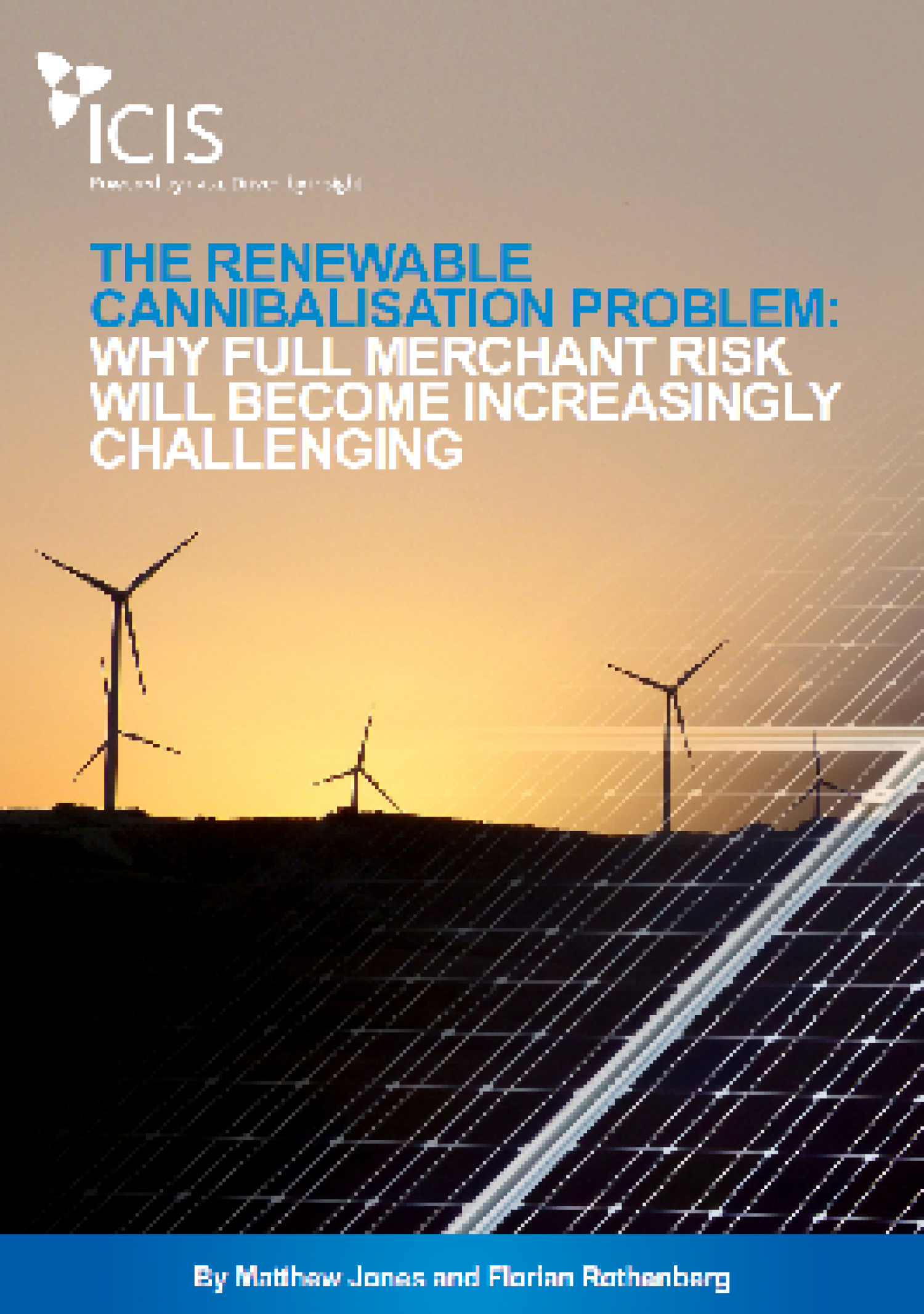
The rapidly falling costs of renewable energy deployment in Europe in recent years has had a major impact on the power market policies of national governments, with two distinct trends emerging:
- The first is an increasing level of renewable ambition, with both the EU as a whole and individual member states attempting to significantly boost their renewable shares by 2030.
- The second is a desire by governments to gradually move away from subsidising new renewable capacity and to rely increasingly on the private sector to finance new projects.
However, are ambitious renewable targets and private sector financing compatible over the next decade? We used our long-term pan-European power price forecasting model (ICIS Power Horizon) to assess renewable capture prices in Germany, France, Spain and the UK based on government plans for renewable capacity growth. These countries were chosen as they are among the largest markets in Europe, with varying generation stacks and significant differences in their approaches to solar and onshore wind support systems and capacity growth targets.
Our research shows that countries with high levels of renewable capacity growth will be most severely affected by price cannibalisation, meaning that the price captured on the market by solar or onshore wind generators is eroded over time. We compared these capture prices through to 2030 to assumptions for the levelised cost of energy (LCOE) in each country to determine whether projects operating at full merchant risk would remain financially viable.
The results highlight that by 2030, the capture price for unsubsidised solar and onshore wind projects in Germany, France and Spain will fall below the respective technology specific LCOEs. This suggests that if each country is to reach its 2030 targets for renewables capacity, the governments will need to continue offering some form of subsidy for new capacity through the 2020s. In contrast, the expectation for much lower solar and onshore wind capacity growth in the UK, combined with relatively high power prices, should ensure that the prospects for subsidy-free projects improve through to 2030.
